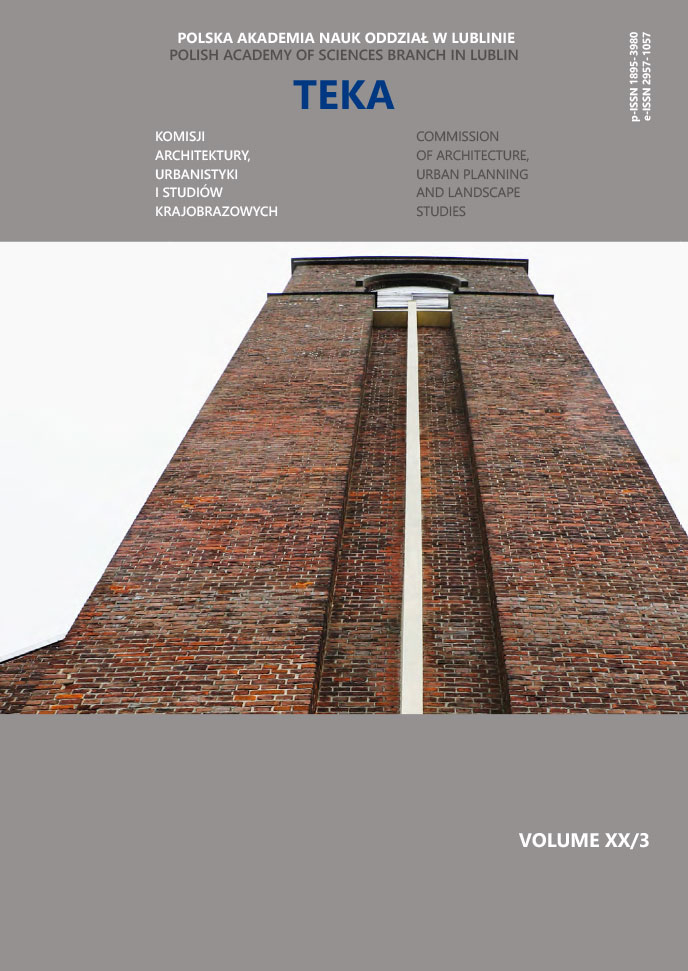War cemenery at Biała street in Lublin – monument protection issues
Halina Landecka
h.landecka@pollub.plFaculty of Civil Engineering and Architecture, Department of Architecture, Urban and Spatial Planning, Lublin University of Technology (Poland)
Abstract
The war cemetery on Biała Street in Lublin, together with Old Catholic, Orthodox and Evangelic cemeteries are listed as the important monuments in Lublin region. The war cemetery layout was done during the I World War and its design was prepared by Austrian architects in 1917 with typical characteristics for such places: regular form with chapel located on the main axe, perpendicular alley lines and cemetery sections, simplistic graves with crosses and soldiers’ names.
During the following years cemetery became transformed to become the communal place with new tombs and monuments founded to commemorate great people, politics and notable families. New forms became dominant destroying old soldiers’ graves and cemetery chapel and the original design get out of shape.
In 2007 Mr Jerzy Kiełbowicz – known lawyer from Lublin – started the initiative of renovating the part of old war cemetery. The chapel was fully repaired with all architectural details and interior decoration (polychromic wall painting) preserved, all of the oldest sections with soldier’s graves were regulated.
War cemetery on Biała Street still awaits for a capital program of restoration as its historic and memory value ought to be protected and properly preserved.
Keywords:
war cemetery, monument protection, restorationReferences
Dąbrowski M., Popik L.,1999. Cmentarz wojenny przy ul. Białej w Lublinie. Opracowanie historyczno-przestrzenne, mps w zbiorach WKZ Lublin, s. 3−15.
Google Scholar
R. Róg, Sprawozdanie z przeprowadzonych badań sondażowych, II etap – ściany, sztukaterie, opr. w zbiorach archiwum WKZ w Lublinie.
Google Scholar
Authors
Halina Landeckah.landecka@pollub.pl
Faculty of Civil Engineering and Architecture, Department of Architecture, Urban and Spatial Planning, Lublin University of Technology Poland
Statistics
Abstract views: 103PDF downloads: 173




